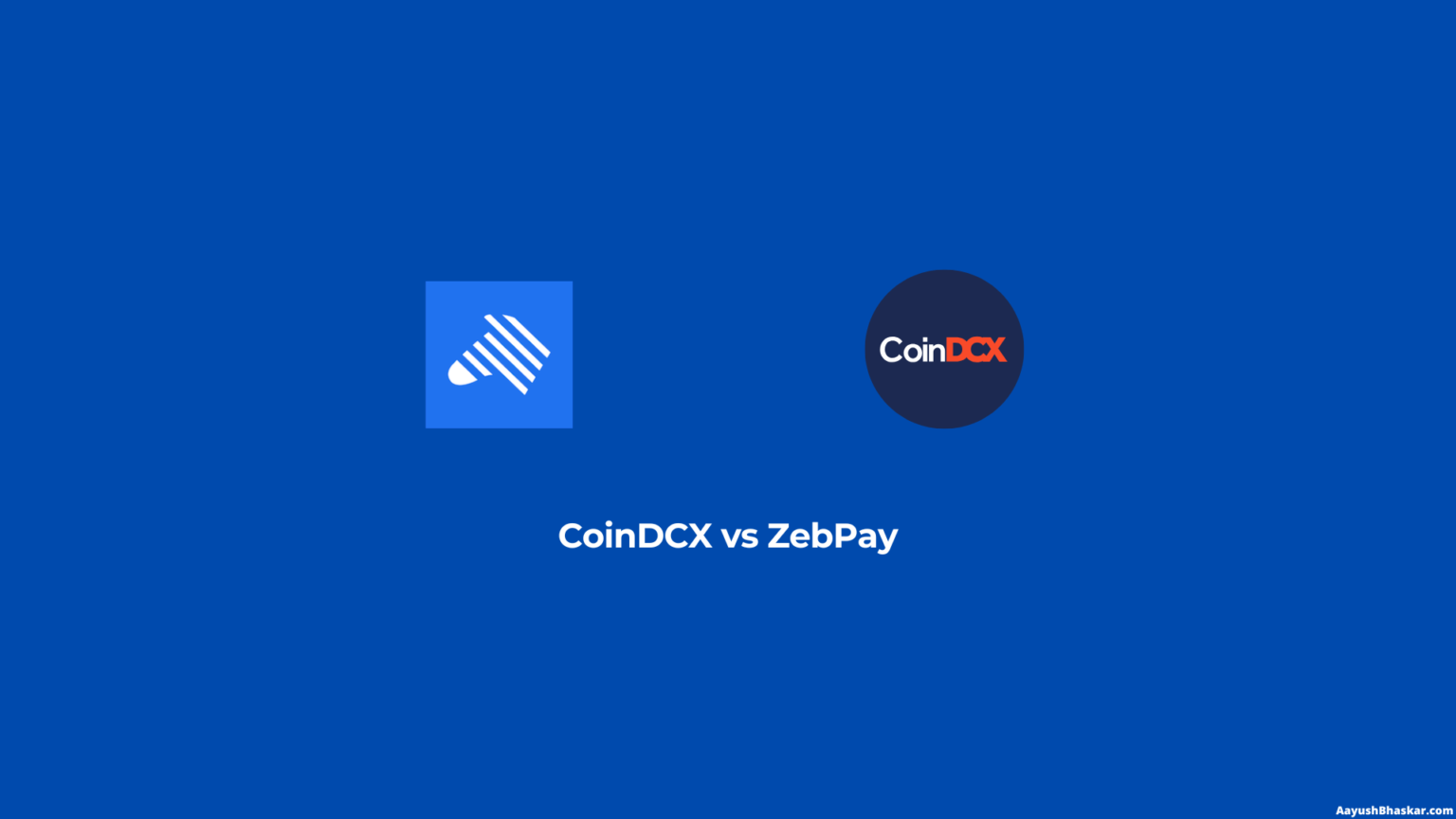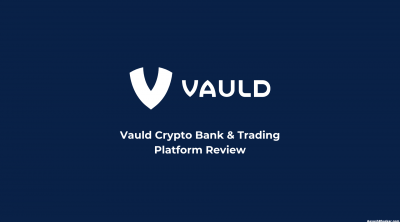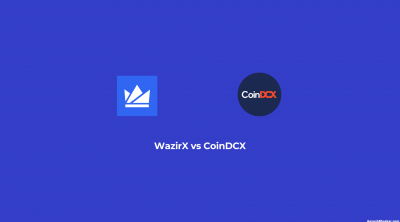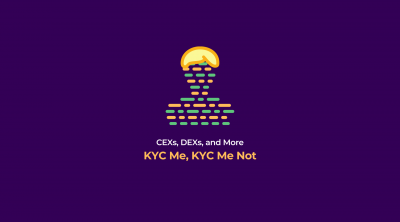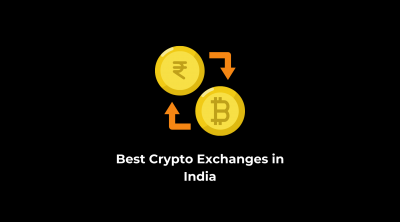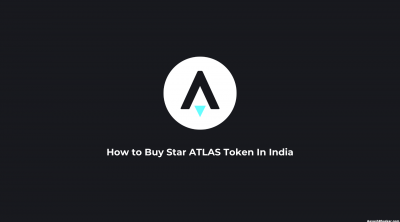India is projected to have over 123 million crypto users by 2026.
With that kind of growth, one question naturally comes up:
Which platform should you use to trade and invest in crypto?
The right crypto exchange can make your trading journey smooth and effortless, while the wrong one can slow you down or limit your options.
If you’re unsure which platform to choose, let’s fix that!
In this article, we’ll compare CoinDCX, one of India’s biggest crypto exchanges, with ZebPay, one of India’s oldest, to help you make the right choice.
CoinDCX

CoinDCX is a cryptocurrency exchange where you can trade and invest in crypto assets, including spot and futures markets.
Over time, CoinDCX has grown beyond just being an exchange.
It launched DCX Ventures, a venture capital arm backing early-stage Web3 and blockchain startups, and introduced Okto Wallet, a self-custody Web3 wallet that allows users to explore DeFi, NFTs, and new token investment opportunities directly from the CoinDCX app.
Overview
Founders: Neeraj Khandelwal, Sumit Gupta
Founding Year: 2018
Headquarters: Mumbai, India
Available as Android App: Yes
Available in App Store: Yes
Features
- Start Small: Begin trading with as little as ₹100.
- High Leverage: Up to 100x on futures and 6x on margin trading.
- 24×7 Support: Round-the-clock customer assistance.
- Crypto SIPs: Automate regular crypto investments.
- Earn: Generate passive income on your crypto holdings.
- Web3: Invest in early-stage Web3 tokens.
- No Deposit Fees: Free deposits on both INR and crypto.
- Free INR Withdrawals: Withdraw INR at no cost.
- OTC Trading: Available for transactions above ₹12 lakh.
- Free API Access: Build and integrate your own automated trading systems.
ZebPay

ZebPay is one of India’s oldest cryptocurrency exchanges, offering secure trading and investing across major crypto assets and futures markets.
Founded in 2014, ZebPay helped introduce crypto trading to India at a time when awareness was still low.
Overview
Founders: Mahin Gupta, Sandeep Goenka, and Saurabh Agrawal
Founding Year: 2014
Headquarters: Singapore
Available as Android App: Yes
Available in App Store: Yes
Features
- Start Small: Begin trading with as little as ₹200.
- High Leverage: Up to 75x leverage on crypto futures.
- 24×7 Support: Access help anytime through chat, email, or ticket.
- Earn Feature: Earn interest on your crypto holdings.
- Crypto Packs: Invest in curated bundles of cryptocurrencies.
- No Deposit Fees: Free deposits on both INR and crypto.
- OTC Trading: Available for large transactions.
- Free API Access: Create and connect automated trading systems easily.
What’s the difference between CoinDCX and ZebPay?
Let’s compare CoinDCX and ZebPay one-on-one and see which suits you best!
Onboarding
To sign up on either CoinDCX or ZebPay, you’ll need the following:
- Aadhaar
- PAN
- Mobile number
- Bank account details
Both platforms offer a smooth on-boarding process.
On CoinDCX, verification usually takes just a few minutes, allowing you to start trading almost instantly. On ZebPay, it typically takes a few hours before your account is fully ready to trade.
Trading/Investment opportunities
This is where CoinDCX and ZebPay start to stand apart.
Through CoinDCX’s Web3 option, you can invest in decentralised finance (DeFi) protocols, early-stage projects, and unlisted tokens.
ZebPay, on the other hand, focuses on established and listed cryptocurrencies, keeping things simple and familiar.
When it comes to trading options, CoinDCX offers over 500 assets, while ZebPay lists around 400 assets.
CoinDCX also provides up to 100x leverage on futures trading and 6x on margin. ZebPay caps leverage at 75x on futures and does not offer margin trading facility. However, remember that high leverage often carries high risk and isn’t ideal for most traders.
Another edge for CoinDCX is the SIP feature, which allows you to invest in crypto systematically. ZebPay previously had this feature, but it has been discontinued without any information.

ZebPay, meanwhile, offers a unique feature called Crypto Packs.

These are curated bundles of cryptocurrencies, similar to mutual funds that hold multiple stocks. If ZebPay reintroduces SIPs, this combination could appeal strongly to passive investors.
Lastly, both exchanges offer free API access, so you can easily create your own trading bots, automate strategies, or connect custom apps without any extra cost.
Note: CoinDCX is also preparing to introduce Crypto Options, expanding its product lineup for active traders.
Deposits and Withdrawals
On ZebPay, you can transfer funds to your wallet using UPI, NEFT, RTGS, or IMPS, while CoinDCX currently supports UPI and IMPS only.
UPI deposits typically reflect within 5 minutes on both CoinDCX and ZebPay.
For bank transfers, CoinDCX processes them within 30 minutes, whereas ZebPay may take up to 2 days.
ZebPay also offers an Instant Deposit option that reflects within 30 minutes, but choosing this method permanently restricts your account from sending or receiving crypto, an important limitation to note.

INR withdrawals on CoinDCX are usually instantaneous, though both CoinDCX and ZebPay mention that it may take up to 72 hours for funds to reflect in your bank account.
Both exchanges allow you to deposit and withdraw cryptocurrencies easily, though limits vary by token. You can check their websites for detailed limits.
Overall, ZebPay generally has lower minimum deposit and withdrawal limits, making it slightly more flexible for small traders.
Fees and charges
ZebPay charges a small membership fee of ~0.0001 BTC per month, while CoinDCX does not charge any fee to keep your account active.
Both platforms offer free deposits for INR and crypto. CoinDCX also provides free INR withdrawals, while ZebPay charges a flat fee of ₹15 plus 18% GST per INR withdrawal.
Crypto withdrawal fees vary by token and are listed transparently on their respective websites.
Both exchanges use a tiered fee structure for trading, based on your monthly trading volume.
CoinDCX
ZebPay
Spot:

Futures:

For Coin-to-Coin (C2C) spot trading:
- Up to ₹75 lakh: CoinDCX has lower fees.
- Above ₹75 lakh: ZebPay has lower fees.
For Spot INR pairs:
- Up to ₹2 lakh: ZebPay has lower fees.
- ₹2 lakh to ₹75 lakh: CoinDCX has lower fees.
- ₹75 lakh to ₹5 crore: Both charge equal fees.
- ₹5 crore to ₹10 crore: CoinDCX has lower fees.
- ₹10 crore to ₹25 crore: Both charge equal fees.
- ₹25 crore to ₹100 crore: ZebPay has lower fees.
- ₹100 crore to ₹500 crore+: Fees are the same.
For Futures Trading (USDT):
- Up to USDT 15 million: CoinDCX has lower fees.
- USDT 15 million to USDT 100 million: Both charge equal fees.
- Above USDT 100 million: ZebPay has lower fees.
CoinDCX VIP members also get premium benefits like a dedicated account manager, faster INR transactions, priority support, and exclusive market reports, while ZebPay’s VIP is limited to reduced trading fees.

Customer support and Learning resources
Both CoinDCX and ZebPay offer 24×7 customer support through chat, email, and ticket options.
If you face an issue, you can reach their teams anytime or use their detailed help guides to find quick answers.
Beyond support, they also try to educate their users.
CoinDCX has built DCX Learn, a full learning platform with structured courses and modules that cover everything from crypto basics to investing strategies. It’s designed to help users make informed decisions, not just solve problems.

ZebPay takes a lighter approach. It offers short, focused lessons on crypto topics and an engaging glossary that explains crypto slangs and phrases.

You don’t need the glossary to trade/invest but it’s interesting.
Interface and User Experience
Both CoinDCX and ZebPay offer clean, intuitive interfaces that are easy to navigate.
Some advanced features on CoinDCX, like Web3 investments and SIPs, are available only on the mobile app. ZebPay, in contrast, provides a nearly identical experience across both mobile and desktop, which makes switching between devices seamless.
Although, despite having more features, CoinDCX manages to keep its mobile app simple.

Everything feels close at hand, and the layout makes even complex actions straightforward.
The app also includes helpful, action-specific pop-ups that remind you of potential risks and other crucial information before you make big trading decisions.

These small touches add a layer of awareness, safety and personalisation to the experience.
ZebPay’s interface is equally polished. It offers clear prompts and on-screen suggestions at every step, helping users navigate easily and understand each feature as they use it.
Passive Income
Both CoinDCX and ZebPay let you earn returns on your crypto holdings through their Earn programs.
ZebPay has distributed over ₹23 crore in returns, while CoinDCX has over 1,00,000 investors using Earn.
How Earn Works?
You deposit your crypto, the exchange puts it to work through lending or staking and you earn passive income in return. It’s similar to a fixed deposit, but with crypto.
On CoinDCX, you can choose between Simple Earn and Advanced Earn.

Simple Earn has a 7-day lock-in, offers low risk opportunities where you earn daily rewards and can withdraw anytime after 7-days.
Advanced Earn has a longer lock-in, offers higher returns with exposure to higher risk.
ZebPay’s Earn works differently.
It only offers Fixed-Term Earn, with lock-ins of 30, 60, or 90 days, much like traditional fixed deposits.
Note: Earn is available only for select cryptocurrencies on both the exchanges.
Security
Both CoinDCX and ZebPay take security seriously and follow multiple layers of protection for user assets.
They conduct third-party audits, which verify that the exchanges actually hold the assets they claim. In this process, an independent crypto auditor confirms that customer balances are fully backed by on-chain reserves.
CoinDCX takes transparency a step further with its Transparency Center, where users can verify real-time Proof of Reserves and other important metrics directly within the app.

When it comes to asset storage, CoinDCX holds about 100% and ZebPay about 98% of user funds in multi-signature cold wallets. These wallets require multiple private keys to authorise transactions and are stored offline, reducing exposure to online threats and hacking risks.
Both exchanges also run bug bounty programs, rewarding security researchers who responsibly identify vulnerabilities in their systems.
In addition, they maintain 24×7 system monitoring, enforce two-factor authentication (2FA), follow a no data-sharing policy, and implement standard security protocols to safeguard user information and funds.
Interestingly, CoinDCX claims to be the safest crypto exchange.
Final Verdict
CoinDCX may be newer, but it has grown faster and now leads ZebPay in several areas.
While CoinDCX comes out ahead overall, that doesn’t make ZebPay any less trustworthy. CoinDCX simply has more features, more users, and more resources to build on.
Which one should you pick?
It depends on your goals. Both are reliable, safe, and easy to use.
If you trade regularly or already understand crypto markets, CoinDCX is a stronger choice. You may benefit from higher leverage, lower fees, and advanced options like SIPs, Web3 investments, and a wider range of assets. If you’re eligible for the VIP program, you can also access additional perks such as exclusive market reports.
That’s it!
I hope this helped you decide.

